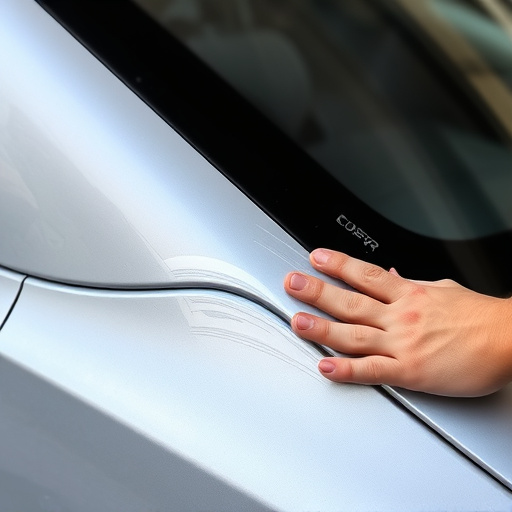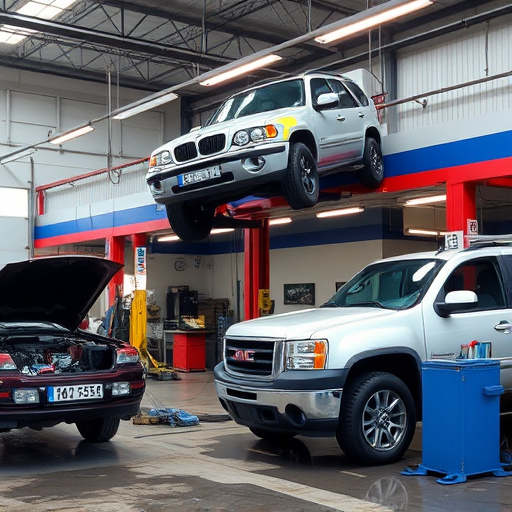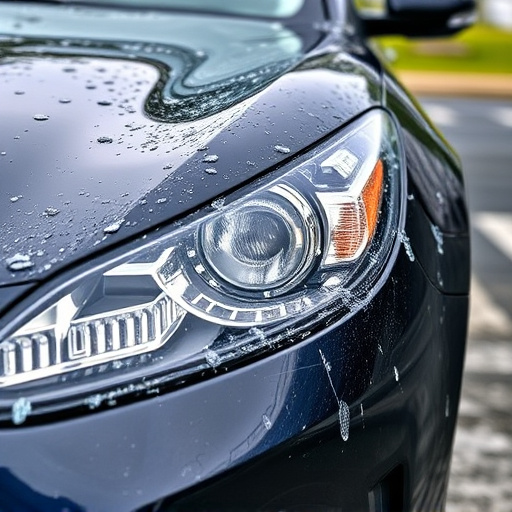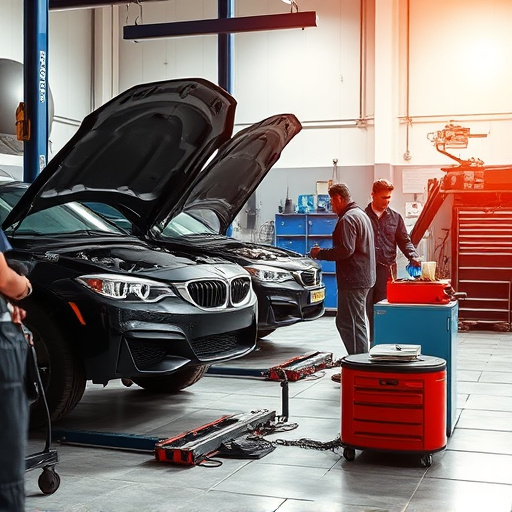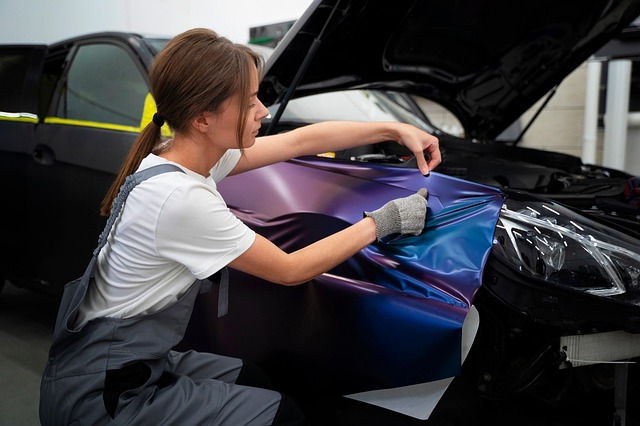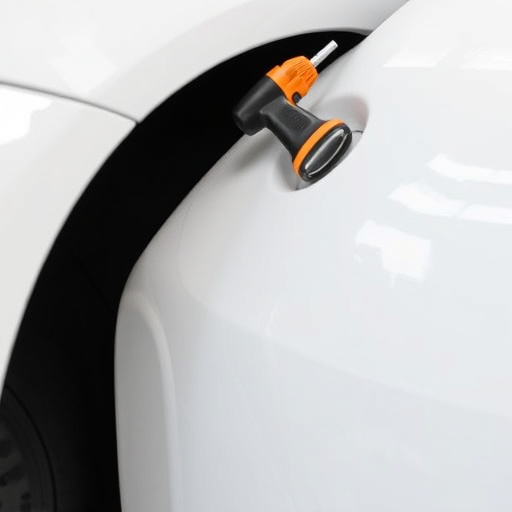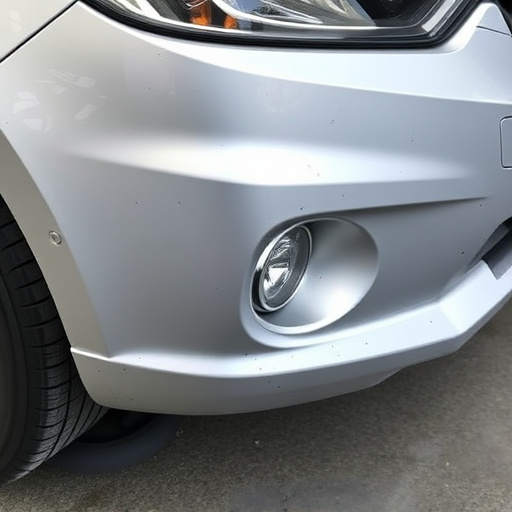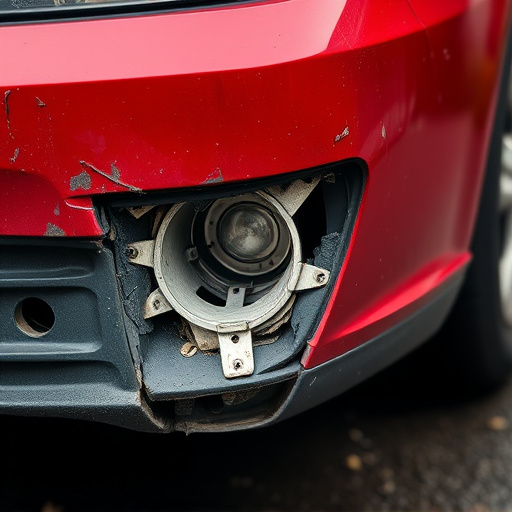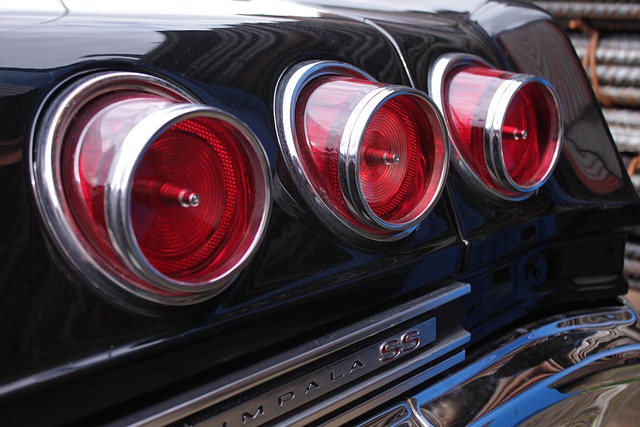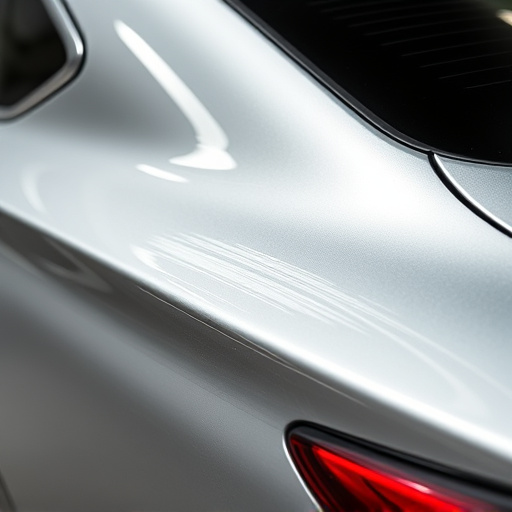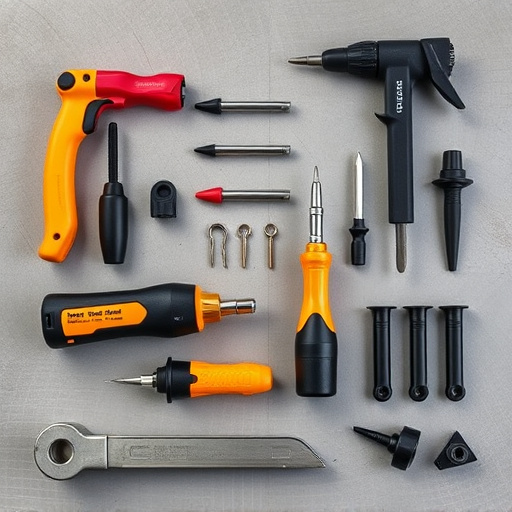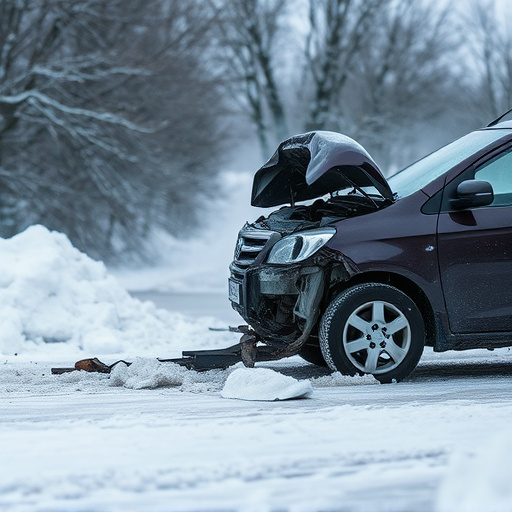Tesla dashcam configuration involves setting event triggers, resolution, frame rate, and storage duration for optimal safety. Fine-tuning distance thresholds and speed limits personalizes sensitivity to driving style and environment. Balancing data capture with storage ensures effective operation akin to vehicle maintenance. Regular reviews at auto repair shops optimize performance, documenting vehicle history with sharp, high-quality footage.
“Unleash the full potential of your Tesla’s onboard camera with a deep dive into its event trigger sensitivity. This guide, ‘Tesla Dashcam Configuration for Event Trigger Sensitivity’, breaks down the essentials of understanding and fine-tuning your car’s dashcam settings.
From grasping the fundamentals of Tesla dashcam basics to optimizing sensitivity for accurate recordings, we’ll navigate you through the process. Learn how to adjust event trigger settings to capture crucial moments on the road effectively.”
- Understanding Tesla Dashcam Basics
- Adjusting Event Trigger Settings
- Optimizing Sensitivity for Accurate Recording
Understanding Tesla Dashcam Basics
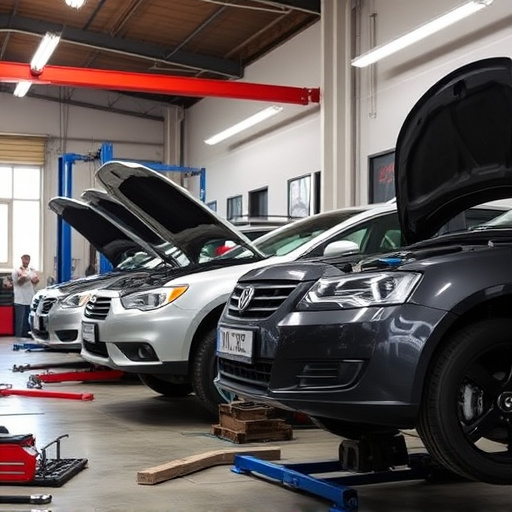
Tesla dashcams, a standard feature in many Tesla vehicles, are more than just high-definition cameras capturing your drives; they’re sophisticated pieces of technology designed for safety and convenience. At their core, they function similarly to traditional dashboard cameras but with advanced capabilities tailored to electric vehicle (EV) ownership. Understanding the basics of Tesla dashcam configuration is essential for maximizing their event trigger sensitivity, a feature that records videos automatically in response to specific events like collisions or sudden stops.
This involves adjusting settings like recording resolution, frame rate, and video storage duration. Users can also customize the types of events that trigger recordings, fine-tuning sensitivity levels to avoid false alerts. Furthermore, Tesla dashcams offer real-time monitoring via the vehicle’s touchscreen, allowing drivers to check in on their car’s status while on the go. For auto enthusiasts or those looking for enhanced peace of mind, optimizing these settings can be akin to performing an automotive restoration, ensuring your Tesla’s advanced safety features function at peak performance, much like a well-maintained car repair shop would keep your vehicle safe and reliable on the road.
Adjusting Event Trigger Settings
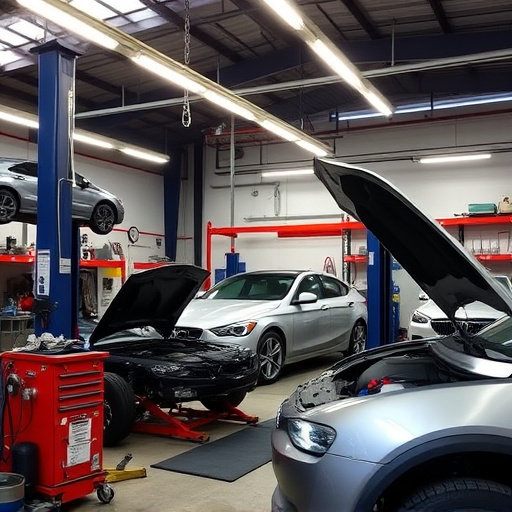
When configuring your Tesla dashcam, adjusting event trigger settings is a key step to ensure optimal performance. These settings dictate when and how the camera captures events, ranging from sudden stops to close proximity objects. By fine-tuning these parameters, users can customize their Tesla dashcam’s sensitivity level. For instance, adjusting the distance threshold for object detection or the speed limit for triggering a video record can tailor the camera’s response to individual driving styles and environments.
In the Tesla dashcam configuration process, it’s crucial to strike a balance between capturing crucial data for safety and avoiding unnecessary recordings that might clutter storage. The sensitivity settings should align with your needs—whether you’re focusing on defensive driving practices or want comprehensive coverage during commute hours in congested areas. Regularly reviewing and adjusting these configurations can help maintain the dashcam’s effectiveness, akin to how regular auto body services keep your vehicle’s protective systems in top condition, including repairs for fenders and other damages, ensuring optimal performance and safety on the road.
Optimizing Sensitivity for Accurate Recording
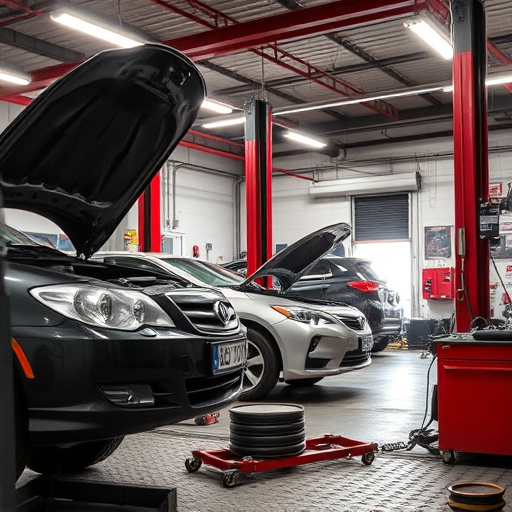
Optimizing sensitivity on your Tesla dashcam is key to ensuring accurate recordings. The right configuration allows for clear capture of events, from minor fender benders to serious accidents. Start by adjusting the camera’s gain settings—higher gains enhance detail but can introduce noise. Balancing these adjustments ensures videos are sharp and legible.
Additionally, consider enabling motion detection, a powerful feature that initiates recording upon sensing movement. This is particularly useful for capturing unexpected incidents, like theft attempts or minor collisions. Regularly reviewing and refining your Tesla dashcam configuration at an auto repair near me or through in-car settings can further optimize performance, ensuring your vehicle’s history is well-documented with detailed, high-quality footage, even in less than ideal conditions.
Tesla’s dashcam is a powerful tool that can significantly enhance driver safety and provide valuable evidence in case of an accident. By understanding the basic functions and adjusting event trigger settings, users can optimize their Tesla dashcam configuration for accurate recording. Careful tuning of sensitivity ensures crucial moments are captured, making it a game-changer for navigating the road ahead.
